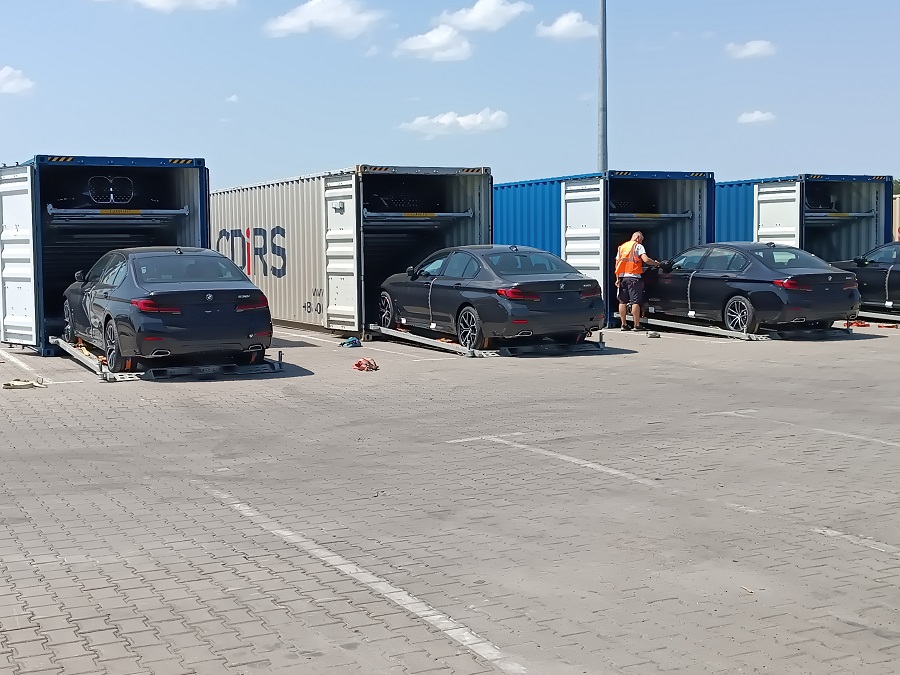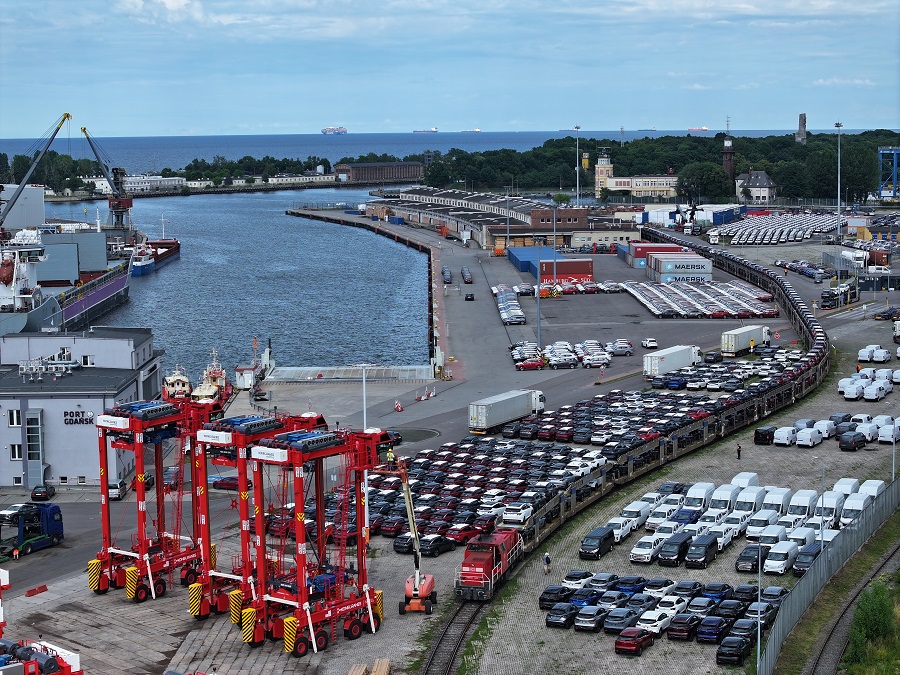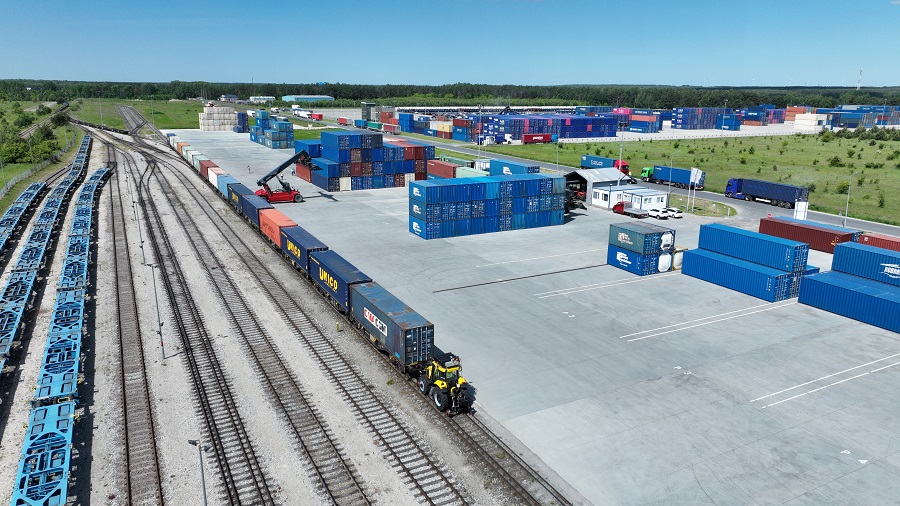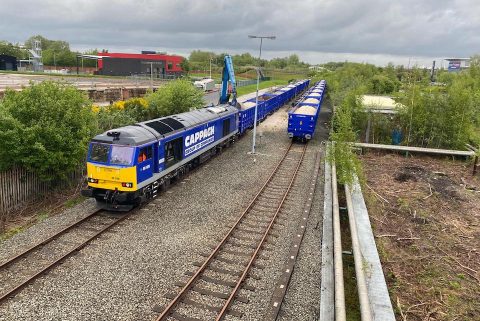Evolution of cars on rails: from trucks and trailers to electric vehicles and containers

ADAMPOL S.A. has been transporting cars for 33 years. At first, car transport used to take place only via trucks. Nowadays, things are different since cars are transported on rails, double-stacked, in containers and even on wagons. Additionally, what used to be only vehicles within Europe now also includes electric cars, all the way from China. And a lot more has changed. “I remember that a driver had to find a phone booth to call the company. Now we have track and trace”, says Krzysztof Szeligowski, Chief Sales Officer FVL at ADAMPOL.
ADAMPOL S.A. was established in 1990 in Poland as a carrier specialising in the transportation of cars. This specialisation has been a constant factor. However, the way this transportation is carried out has constantly evolved. Today, ADAMPOL uses sea, rail and road transport to deliver cars to your doorstep. Szeligowski spoke to RailFreight.com about the always-growing market of car transportation.

A different market
Many things have changed in the 33 years ADAMPOL has been active in car transport. “In our 33 years of history, there were a lot of steps forward. At first sight, it is still a truck and trailer that you see, but the technology inside is from another dimension. Think of safety, environmental care, electronics or driver support systems. Operationally we have made strides too. We can now manipulate the trailer to achieve a better loading factor. And digitalisation is changing the world,” explains Szeligowski.
No matter how much the market changes and the new heights modern technology takes it, one thing is for sure for Szeligowski: “In my opinion, the pressure to put more cars on rails will be higher and higher. I only hope that the infrastructure can withstand this pressure.”

Cars on rail
When it comes to choosing the preferred transport mode for cars, Szeligowski underlines that it doesn’t matter as long as the goal to move a vehicle to its destination in undamaged condition, within a short time and with reasonable cost is reached. Nevertheless, rail does have some advantages. “The main advantage of rail transport is the capacity of a train,” says Szeligowski. He adds that “in one train journey, you can move 200-220 cars, approximately equal to 30 trucks. You can plan traffic and lead time quite accurately. The environmental aspect is also important.”
To enhance a train’s capacity, original equipment manufacturers (OEMs) prefer double decks, either open or closed. Containers are also gradually gaining popularity even though they are mainly used in sea transport where prices are much lower. At the same time, “the latest initiative in car transport,” notes Szeligowski, is “putting trucks or trailers loaded with cars on wagons” using transhipment technologies.

It must be noted, though, that car transport via rail also has some disadvantages, mainly concerning flexibility and the fact that trucks can’t always be avoided. According to Szeligowski, the main disadvantage of rail transportation is that a train “can move the cars only to a compound or port and requires special infrastructure for unloading. Moreover, for the final delivery to the dealer or customer, the car has to be reloaded on a truck.”
On top of that, rail transport might also entail some additional risks related to car part theft issues. Szeligowski explains that, generally, OEMs provide detailed instructions to prevent theft, and companies need to stick to them. “In general, theft on trucks is very rare. The situation is different with rail transportation, as it is easier to rob car parts overnight at stations. We are hiring special security groups to take care of the cargo. Theft of complete cars is almost impossible,” he underlines.
Tapping the Chinese electric car market
One of the latest trends in the car transport market comes from China with the liberalisation of the transport of New Energy Vehicles (NEVs) that can also take place via rail since last September. “Capacity bottlenecks on RoRo vessels forced the change to containerisation of sea imports to Europe. As an alternative, there was rail freight via our compound in Malaszewicze, but it was almost stopped entirely due to war and sanctions on Russia. In addition, European exports do practically not exist,” recounts Szeligowski.

Despite China’s willingness to boost the exports of in-house produced electric cars, sanctions on Russia are not the only challenge ADAMPOL needs to solve. Transporting electric vehicles for long distances requires meeting certain safety standards concerning mainly the electric batteries that those vehicles carry. Szeligowski says, though, that apart from general safety, the main challenge is the car’s weight. “The lower loading factor demands more trucks to cover the order,” he explains.





